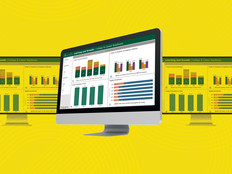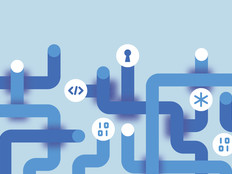Comprehensive Tool Solves Tracking and Help Desk Tickets
In a recent blog post, ServiceNow describes asset management as “the management of all IT assets, including computing, networking and related equipment, as well as software licenses, entitlements and subscriptions.”
A variety of modernized tools can help schools meet that imperative.
Consider Ford’s experience in Chesterfield County. She joined the district of 64,000 students in July 2022, and in August, the county government audited the district’s IT assets. It was rough, and Ford had to make some serious changes.
In addition to needing consolidated asset management, “the ticketing system we used was antiquated and cumbersome, and it was frustrating for users,” she says.
EXPLORE: Get five tips for proactive asset management in K–12.
Now Ford is steering the district toward adoption of Incident IQ, a service management platform that combines asset tracking and trouble-ticket management.
In Incident IQ, “users and assets are linked in the system, so if I’m a teacher in my classroom, I’ll be able to see my computer and my projector,” she explains. “And I can click on one or all of those items and submit a ticket for a problem that I’m having.”
With a modernized solution such as this, Ford says, it will be “much easier to input new assets and then track them.”
“Incident IQ has an app,” she says. “If there is a serial number, which most pieces of tech hardware have, the app can pick up the serial number or a QR code and get it uploaded.”











